Magazine

Warning: include(): Filename cannot be empty in /home/comsyoku/hokuroku.media/public_html/wp-content/themes/hokuroku/parts/postlist-magazine.php on line 27
Warning: include(): Failed opening '' for inclusion (include_path='.:/opt/php-7.4.33-2/data/pear') in /home/comsyoku/hokuroku.media/public_html/wp-content/themes/hokuroku/parts/postlist-magazine.php on line 27
Exploring Kogei Terminology | Hokuriku Craft Dictionary
The director of the National Crafts Museum in Kanazawa noted that Ishikawa Prefecture, in the Hokuriku region, boasts a rich culture and handicraft techniques unmatched elsewhere in Japan.
However, many residents remain somewhat indifferent to local crafts (kogei), despite living in such a “kingdom” of craftsmanship.
One reason could be that these distinguished crafts are often perceived as too traditional. Another factor may be the unfamiliar technical terms associated with them.
To address this, Hokuroku has created a concise guide to help you learn craft-related terminology step by step.
This guide serves as a valuable resource for international individuals working in or interested in handicrafts.
I hope these casual reading materials will be beneficial for both locals and international travelers interested in the world of craft arts.
Masayoshi Sakamoto
Editor-in-Chief, HokurokuArticles
3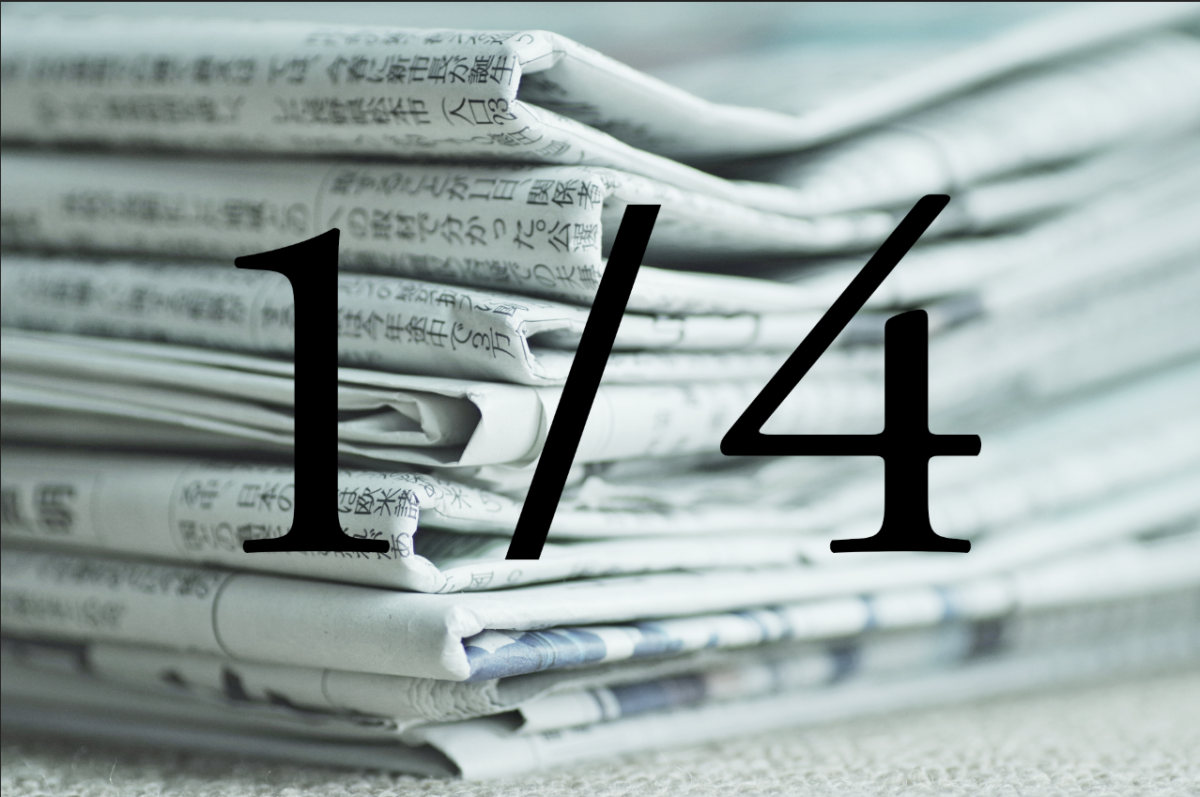
Warning: include(): Filename cannot be empty in /home/comsyoku/hokuroku.media/public_html/wp-content/themes/hokuroku/parts/postlist-magazine.php on line 27
Warning: include(): Failed opening '' for inclusion (include_path='.:/opt/php-7.4.33-2/data/pear') in /home/comsyoku/hokuroku.media/public_html/wp-content/themes/hokuroku/parts/postlist-magazine.php on line 27
Quarter Century Ago Today of Toyama, Ishikawa, and Fukui, Japan
The contents cover news that happened in Japan (mainly the Hokuriku region) a quarter century ago.
I started this as the editor-in-chief for a mass circulation online magazine, bizSPA! Fresh, and succeed it as a Hokuriku edition.
The sources are mainly local and national newspapers and prefectural history books published by each prefecture.
Please look back upon the day 25 years ago and feel the flow of years at the present day.
Masayoshi Sakamoto, the editor-in-chief of Hokuroku
Relate: The News-ish News
Articles
73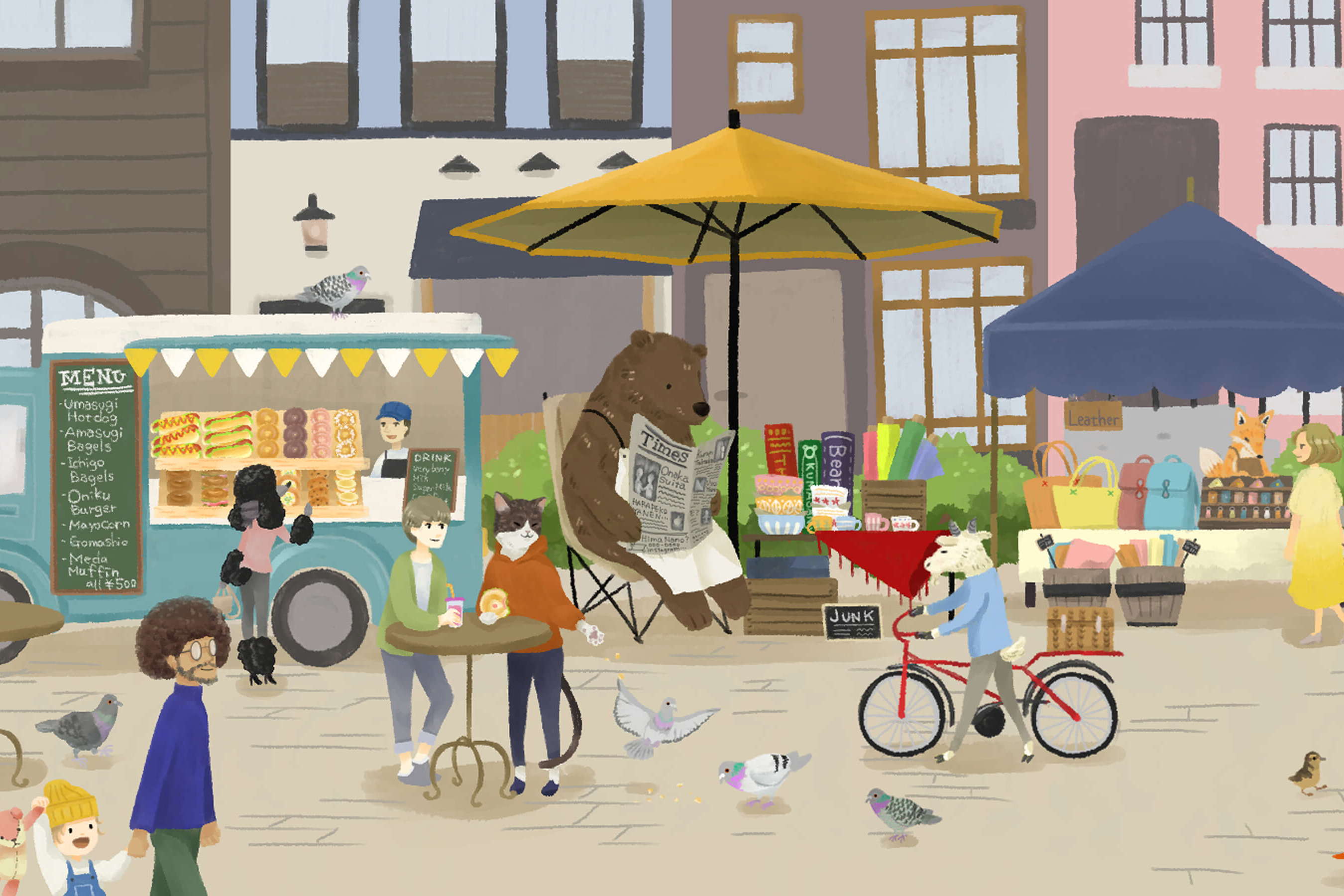
Warning: include(): Filename cannot be empty in /home/comsyoku/hokuroku.media/public_html/wp-content/themes/hokuroku/parts/postlist-magazine.php on line 27
Warning: include(): Failed opening '' for inclusion (include_path='.:/opt/php-7.4.33-2/data/pear') in /home/comsyoku/hokuroku.media/public_html/wp-content/themes/hokuroku/parts/postlist-magazine.php on line 27
The News-ish News
Newspapers, television, and radio news focus on the latest information. Similarly, town magazines and local websites are passionate about introducing new shops, spots, and events, as people are naturally drawn to fresh, exciting content.
But why do people crave novelty? The answer lies in the fact that new information sparks curiosity and excitement.
As the editor-in-chief of Hokuroku, I’ve long felt that the Hokuriku region lacks the excitement that makes you raise your hands and shout, laugh uncontrollably, or start dancing to the rhythm. While soothing and relaxing content is abundant, there is a noticeable gap that stirs strong emotions in a positive direction—content that makes people truly feel something.
If sharing information about a new event or shop can ignite that excitement in someone’s heart, then Hokuroku should be the platform for sharing such news.
We’re now expanding our network across the three Hokuriku prefectures, beyond the borders of individual regions. This broadens the scope of our content, offering a more diverse selection compared to other local media that typically operate within a single prefecture.
To further enrich the experience, we’ve created a section that highlights upcoming events, new shops, and exciting places across Hokuriku. The latest updates will appear at the bottom of the list, so please scroll down and check them out.
Masayoshi Sakamoto
First Editor-in-Chief of HokurokuArticles
41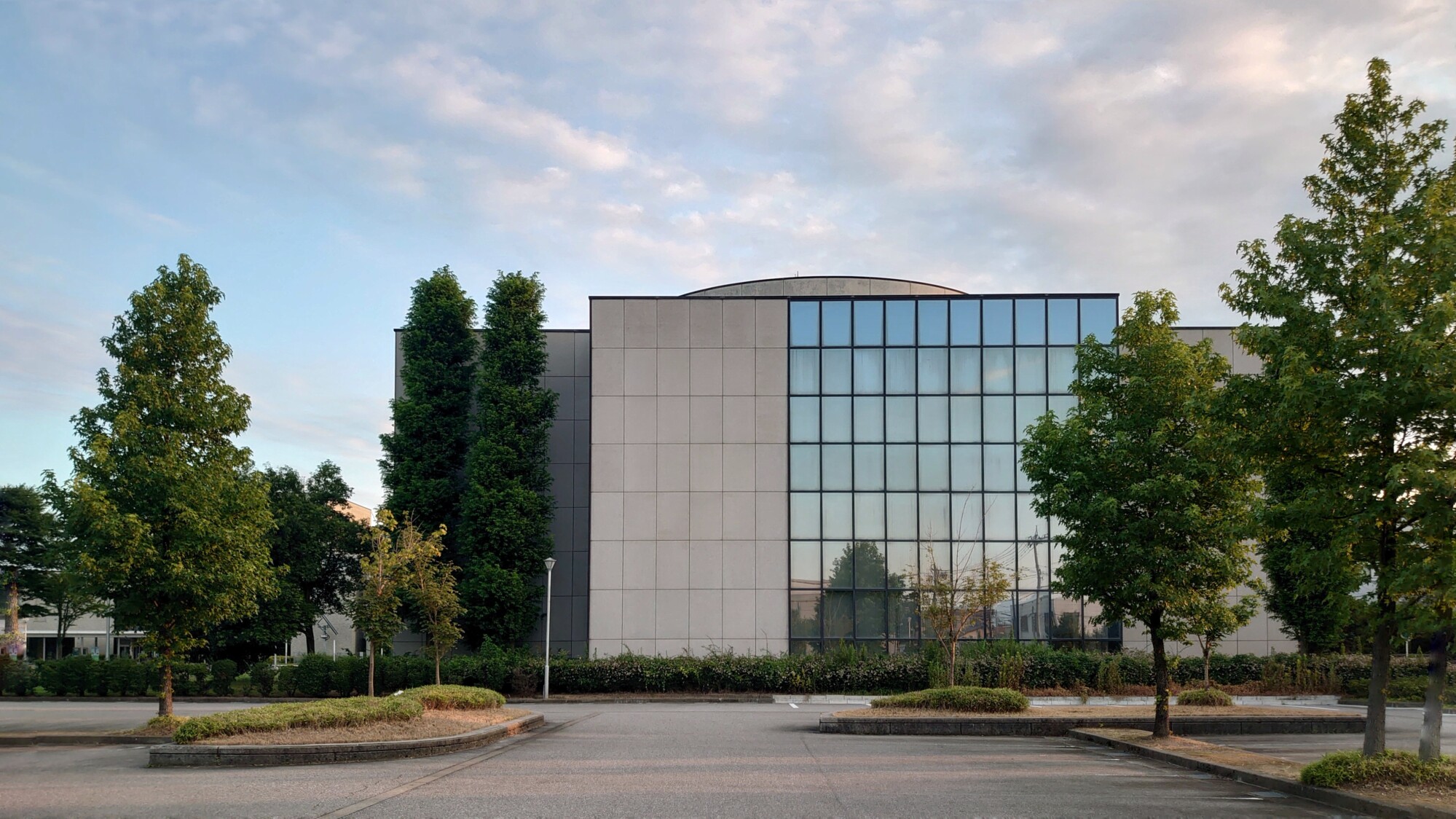
Warning: include(): Filename cannot be empty in /home/comsyoku/hokuroku.media/public_html/wp-content/themes/hokuroku/parts/postlist-magazine.php on line 27
Warning: include(): Failed opening '' for inclusion (include_path='.:/opt/php-7.4.33-2/data/pear') in /home/comsyoku/hokuroku.media/public_html/wp-content/themes/hokuroku/parts/postlist-magazine.php on line 27
連載「人情と論理の交差点」Toyama Museum Incident | Legal Verdict Challenge by Lawyer I
This is the sequel to the legal “puzzle-solving” content by Ken Ito, a lawyer and one of the members of the Hokuroku team.
In the seemingly cold and heartless world of law, where logic and human sentiment clash, this irregular series takes a closer look at famous incidents in the Hokuriku region that resulted in remarkable verdicts.
The setting for this series is the Toyama Prefectural Museum of Modern Art, which closed in 2016 and was relocated and renovated as the Toyama Prefectural Art Museum (the building still stands). The series focuses on the Toyama Prefectural Art Museum Incident, a 15-year legal battle over the Emperor Collage, framed in a puzzle-solving style.
The series explores the clash of arguments between those advocating for freedom of expression through a specific artwork, those who find it offensive and take action, the museum withdrawing the artwork, and the citizens who demand to see it.
Once all the arguments are laid out, readers are invited to think like a judge and consider whose claim is “right”, along with the reasoning behind it.
In the final of the five episodes, Ito will explain the verdict issued by the judge in the real-life trial. Check the “answer” with the ruling made by the professional judge.
Masayoshi Sakamoto
Hokuroku Editor-in-ChiefRelated: Kanazawa City Hall Plaza Incident | Legal Verdict Challenge by Lawyer I
Articles
5
Warning: include(): Filename cannot be empty in /home/comsyoku/hokuroku.media/public_html/wp-content/themes/hokuroku/parts/postlist-magazine.php on line 27
Warning: include(): Failed opening '' for inclusion (include_path='.:/opt/php-7.4.33-2/data/pear') in /home/comsyoku/hokuroku.media/public_html/wp-content/themes/hokuroku/parts/postlist-magazine.php on line 27
The Nostalgic Hokuriku Local TV Commercial Museum
Do you remember the nostalgic TV commercials you watched as a child? What kind of visuals or songs come to mind?
Those who grew up in the era when television was the “king” of the living room were likely exposed to local TV commercials that aired only in the Hokuriku region (Fukui, Ishikawa, Toyama) or commercials that were particularly famous.
Even people who have since moved away from Hokuriku will find that watching these nostalgic local commercials can instantly bring back memories of their childhood homes and their time watching TV.
Watching these commercials might make you think, “I miss my hometown,” or “I wonder how my old classmates are doing?”
Local commercials help foster a sense of regional pride and deeply connect people who were raised in the same area. With that sentiment in mind, we reached out to people with ties to Hokuriku through SNS and member surveys, asking, “What local commercials do you remember from your past?”
Based on the responses we received, we reached out to dozens of companies to collect nostalgic TV commercials from Hokuriku.
Due to the age of the commercials and issues regarding rights, the process of collecting and publishing them is taking time. We plan to release the collection in phases—Phase 1, Phase 2, and so on—and will continue to make new additions as they become available.
Like exhibition panels in a museum, we’ve included brief information about each video, hoping that this will offer deeper insight into the commercials. We hope it will encourage viewers to learn more about the background of those beloved old commercials.
Mayoshi Sakamoto
Editor-in-Chief of HokurokuRelated: The Boundary Between Eastern and Western ‘Ozoni’ Lies in Hokuriku: Investigative Report
Articles
7
Warning: include(): Filename cannot be empty in /home/comsyoku/hokuroku.media/public_html/wp-content/themes/hokuroku/parts/postlist-magazine.php on line 27
Warning: include(): Failed opening '' for inclusion (include_path='.:/opt/php-7.4.33-2/data/pear') in /home/comsyoku/hokuroku.media/public_html/wp-content/themes/hokuroku/parts/postlist-magazine.php on line 27
連載「人情と論理の交差点」金沢市庁舎前広場事件編|弁護士Iからの「法の謎解き」挑戦状
The irregular series of challenges in the legal verdict was previously published in Hokuroku.
This is the first mystery novel-style feature that discusses social issues related to the Furusato Nozei (hometown tax) system.
The second incident in the series concerns Kanazawa City Hall Square. The story is set in the Hokuriku region and revolves around an incident concerning a square in Kanazawa that constitutional scholars deemed unacceptable.
The article is written by Ken Ito, a member of the Hokuroku and a lawyer, who presents this major legal controversy, which was taken to the Supreme Court, in the style of a mystery novel.
As you read the article, imagine yourself as a judge at the Supreme Court. Consider whose arguments—those of the citizens X and others, or Kanazawa city—carry more weight.
At the end of the article, Ken Ito will explain the verdict given by the judge. Compare your judgment with that of the judge—are they the same or different? Check your answer.
Masayoshi Sakamoto
Hokuroku Editor-in-ChiefArticles
4
Warning: include(): Filename cannot be empty in /home/comsyoku/hokuroku.media/public_html/wp-content/themes/hokuroku/parts/postlist-magazine.php on line 27
Warning: include(): Failed opening '' for inclusion (include_path='.:/opt/php-7.4.33-2/data/pear') in /home/comsyoku/hokuroku.media/public_html/wp-content/themes/hokuroku/parts/postlist-magazine.php on line 27
連載「工芸マイクロツーリズム」Interview with Director Karasawa of the National Crafts Museum: The Joys of Crafts Tours in Hokuriku
On Sunday, October 25, 2020, the National Crafts Museum (formally the National Crafts Museum of the National Museum of Modern Art, Tokyo) will relocate and open in Kanazawa, Ishikawa, Japan.
As part of relocating government functions to other prefectures from Tokyo, the first related facility of the National Museum is going to come to the side of the Japan Sea.
In the future, the relocation will further develop the world of beautiful crafts in the Hokuriku region including Kanazawa, as there have so many craft-producing areas doted.
Becoming close to crafts is an excellent opportunity to see the role of hand manufacturing. The people being fond of the down-to-earth style should value such manual works and handicrafts.
The Japanese crafts are, besides, attracting more attention these days because of a great deal of media coverage and collaboration projects with designers and trendsetters.
To learn the basics, we interviewed Masahiro Karasawa, the first director of the National Crafts Museum.
You can read intriguing stories about what crafts are and how to admire traditional handicrafts; read them to the end.
Masayoshi Sakamoto
First Editor-in-Chief, Hokuroku
Note: Sorry. English contents are in preparation.
Articles
5
Warning: include(): Filename cannot be empty in /home/comsyoku/hokuroku.media/public_html/wp-content/themes/hokuroku/parts/postlist-magazine.php on line 27
Warning: include(): Failed opening '' for inclusion (include_path='.:/opt/php-7.4.33-2/data/pear') in /home/comsyoku/hokuroku.media/public_html/wp-content/themes/hokuroku/parts/postlist-magazine.php on line 27
連載「古民家を持つ」Japanese-style Old Folk Houses You Should Buy, or Not.
Research says one or more of the 10 buildings in Japan, including the three prefectures of Hokuriku, are vacant. More than half of them are Japanese-style old folk houses.
The houses were once built by the traditional Japanese construction method using wood building materials before 1950, when Japanese architecture reached a major turning point.
Now such old folk houses receive many inquiries in Hokuriku because they can be renovated into cafes, inns, shops and offices.
The condition and price of every old folk house are, however, thoroughly different. Once you hope to make effective use of doing something commercial or living, you may immediately confront a problem: which is an ideal vacant house you should purchase.
The producer of Hokurku, Hiroyuki Akashi, who has gone around to more than 500 old folk houses as a renovation specialist and spacial architect, therefore, will talk about how to identify the best Japanese-style old folk house at which you should try your hand.
The contents are potentially for the people looking for vacant houses, but they must also be useful for the owners who want to manage them properly.
Masayoshi Sakamoto
First Editor-in-Chief, Hokuroku
Note: Sorry. English contents are in preparation.
Articles
5
New Articles
-

Warning: include(): Filename cannot be empty in /home/comsyoku/hokuroku.media/public_html/wp-content/themes/hokuroku/template-category-magazine.php on line 73
Warning: include(): Failed opening '' for inclusion (include_path='.:/opt/php-7.4.33-2/data/pear') in /home/comsyoku/hokuroku.media/public_html/wp-content/themes/hokuroku/template-category-magazine.php on line 73
The News-ish News
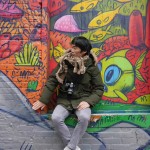
-
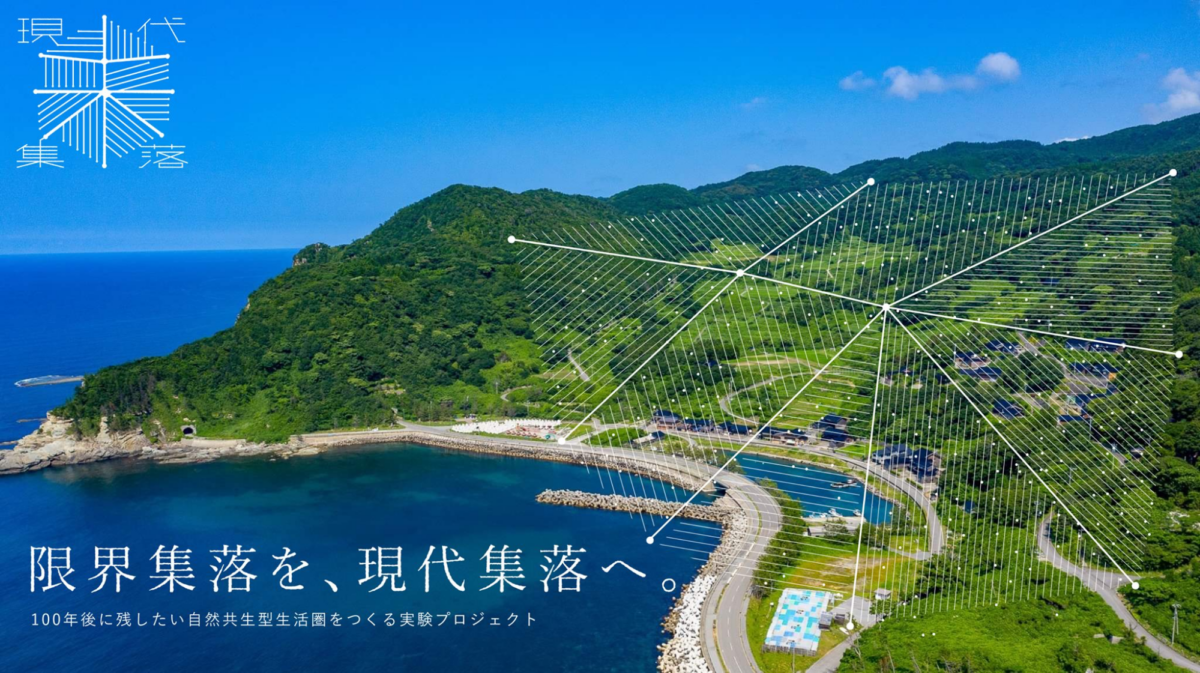
Warning: include(): Filename cannot be empty in /home/comsyoku/hokuroku.media/public_html/wp-content/themes/hokuroku/template-category-magazine.php on line 73
Warning: include(): Failed opening '' for inclusion (include_path='.:/opt/php-7.4.33-2/data/pear') in /home/comsyoku/hokuroku.media/public_html/wp-content/themes/hokuroku/template-category-magazine.php on line 73
The News-ish News
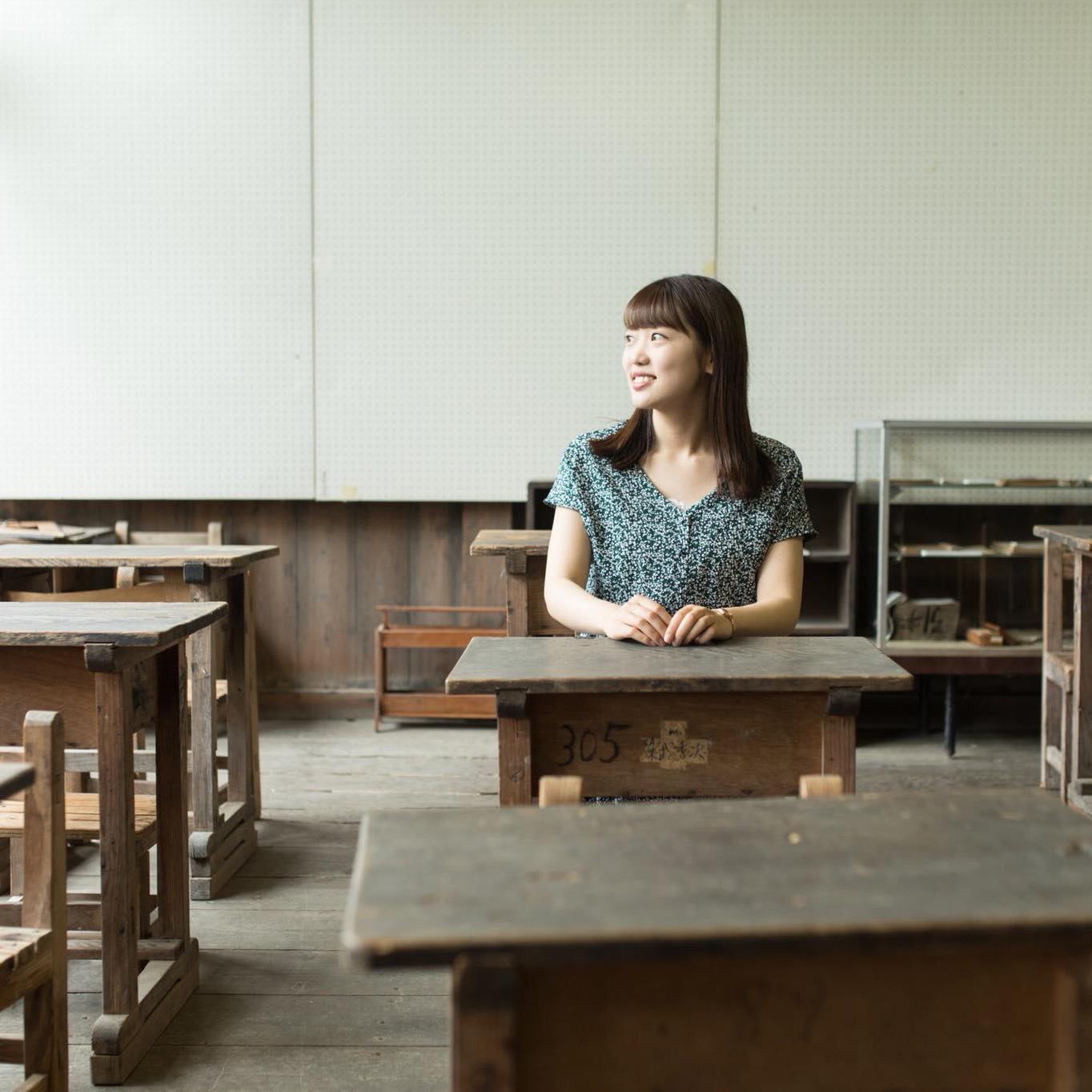
-

Warning: include(): Filename cannot be empty in /home/comsyoku/hokuroku.media/public_html/wp-content/themes/hokuroku/template-category-magazine.php on line 73
Warning: include(): Failed opening '' for inclusion (include_path='.:/opt/php-7.4.33-2/data/pear') in /home/comsyoku/hokuroku.media/public_html/wp-content/themes/hokuroku/template-category-magazine.php on line 73
The News-ish News

-

Warning: include(): Filename cannot be empty in /home/comsyoku/hokuroku.media/public_html/wp-content/themes/hokuroku/template-category-magazine.php on line 73
Warning: include(): Failed opening '' for inclusion (include_path='.:/opt/php-7.4.33-2/data/pear') in /home/comsyoku/hokuroku.media/public_html/wp-content/themes/hokuroku/template-category-magazine.php on line 73
The News-ish News

-
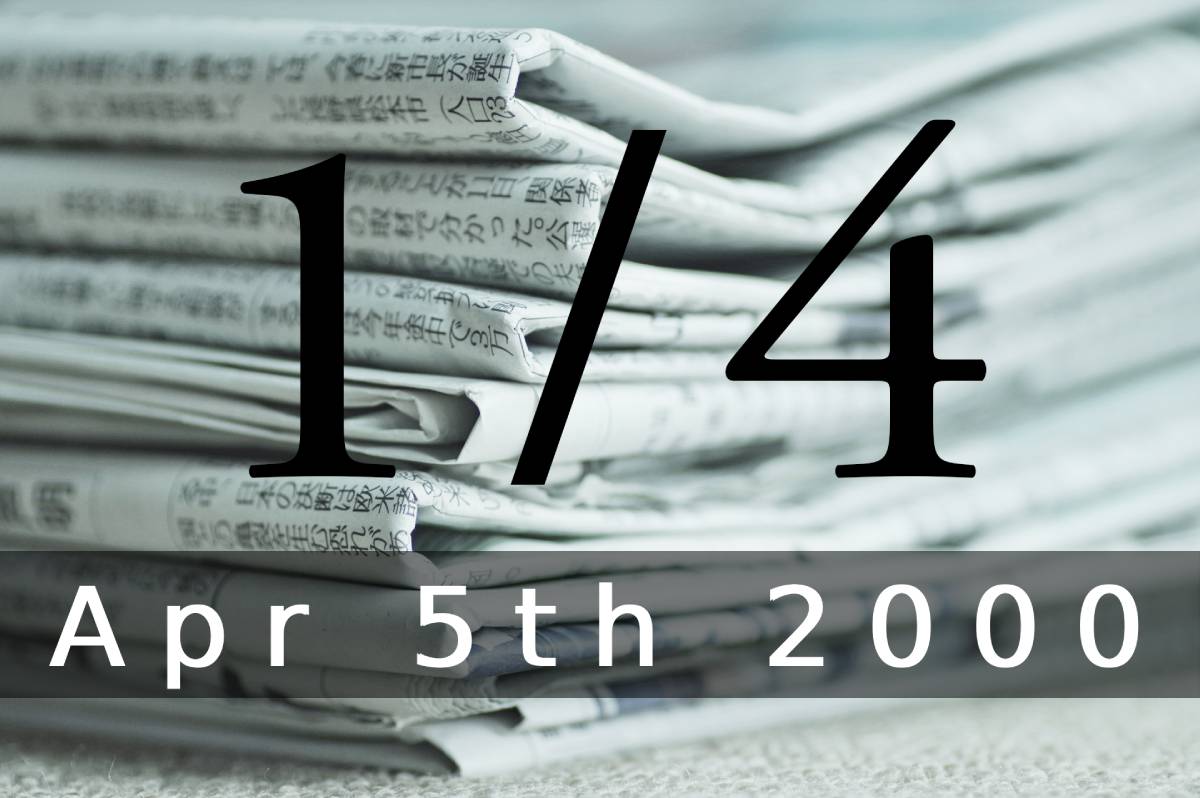
Warning: include(): Filename cannot be empty in /home/comsyoku/hokuroku.media/public_html/wp-content/themes/hokuroku/template-category-magazine.php on line 73
Warning: include(): Failed opening '' for inclusion (include_path='.:/opt/php-7.4.33-2/data/pear') in /home/comsyoku/hokuroku.media/public_html/wp-content/themes/hokuroku/template-category-magazine.php on line 73
Quarter Century Ago Today of Toyama, Ishikawa, and Fukui, Japan

-

Warning: include(): Filename cannot be empty in /home/comsyoku/hokuroku.media/public_html/wp-content/themes/hokuroku/template-category-magazine.php on line 73
Warning: include(): Failed opening '' for inclusion (include_path='.:/opt/php-7.4.33-2/data/pear') in /home/comsyoku/hokuroku.media/public_html/wp-content/themes/hokuroku/template-category-magazine.php on line 73
Quarter Century Ago Today of Toyama, Ishikawa, and Fukui, Japan

-

Warning: include(): Filename cannot be empty in /home/comsyoku/hokuroku.media/public_html/wp-content/themes/hokuroku/template-category-magazine.php on line 73
Warning: include(): Failed opening '' for inclusion (include_path='.:/opt/php-7.4.33-2/data/pear') in /home/comsyoku/hokuroku.media/public_html/wp-content/themes/hokuroku/template-category-magazine.php on line 73
Quarter Century Ago Today of Toyama, Ishikawa, and Fukui, Japan

-
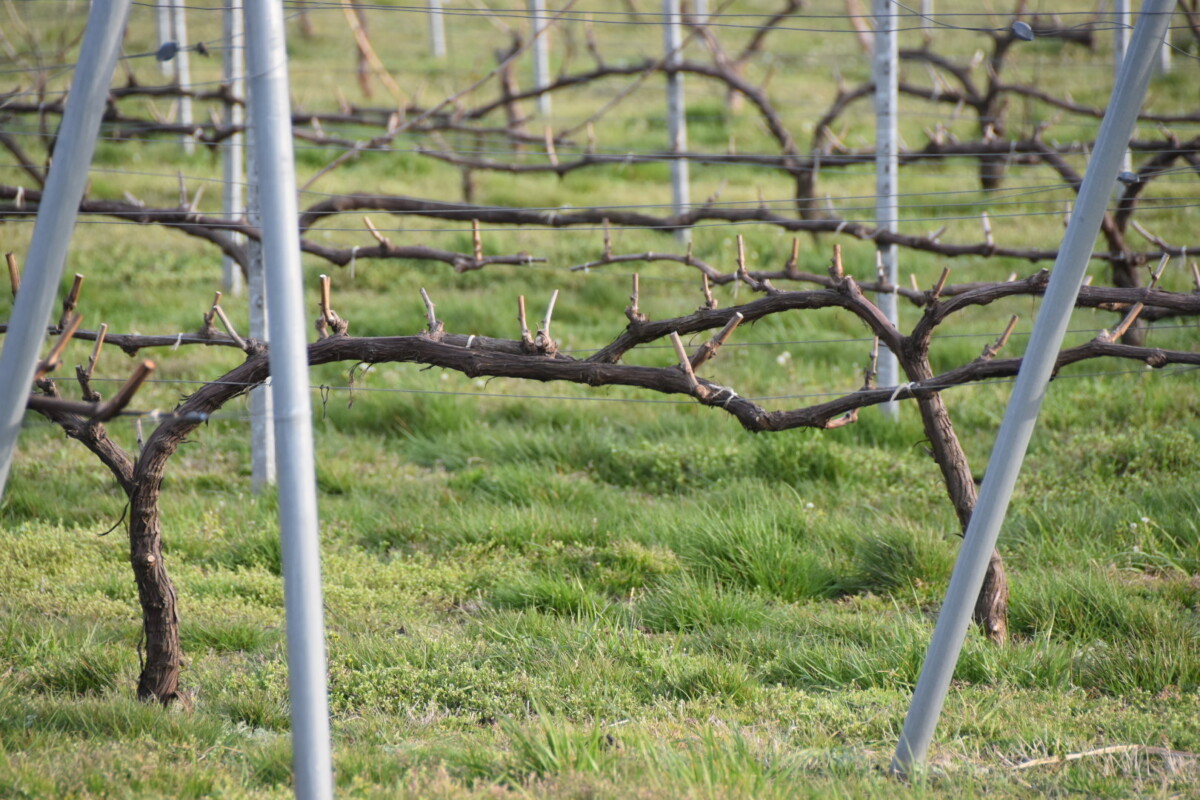
Warning: include(): Filename cannot be empty in /home/comsyoku/hokuroku.media/public_html/wp-content/themes/hokuroku/template-category-magazine.php on line 73
Warning: include(): Failed opening '' for inclusion (include_path='.:/opt/php-7.4.33-2/data/pear') in /home/comsyoku/hokuroku.media/public_html/wp-content/themes/hokuroku/template-category-magazine.php on line 73
The News-ish News

